The Museum of Transgender Hirstory & Art (MOTHA) at ONE Archives
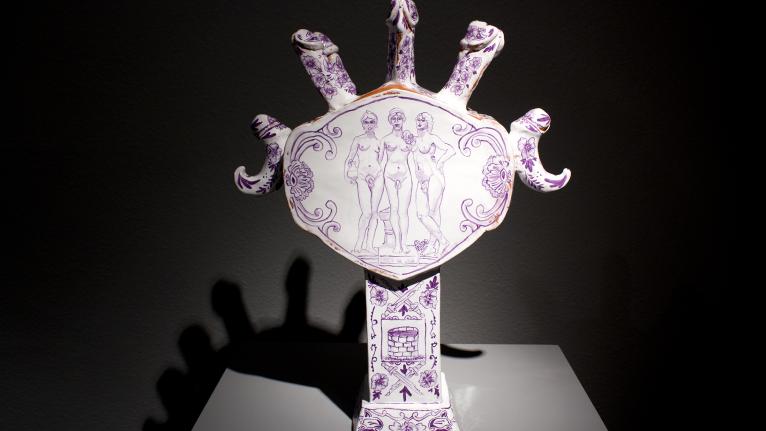
The Museum of Transgender Hirstory & Art (MOTHA) at ONE Archives
Organized by the Museum of Transgender Hirstory & Art, or MOTHA, Transgender Hirstory in 99 Objects examines objects that hold significance in narrating the history of transgender communities. The project blurs the line between the real and the imaginary, the known and the unknowable, giving visibility to actual people and events that remain foundational for transgender history while embracing partial facts, rumors, and maybes. Inspired by the Smithsonian’s book American History in 101 Objects, which was in turn inspired by A History of the World in 100 Objects by the BBC and the British Museum, this presentation of Transgender Hirstory in 99 Objects at ONE Archives, subtitled Legends & Mythologies, marks the first iteration of this evolving, multi-exhibition project. Founded and directed by artist Chris E. Vargas, MOTHA is an imagery museum that seeks to bring a cohesive visual history of transgender culture into existence through temporary autonomous programs that envision the existence of a legitimate and legitimizing arts and history institution for trans people.
Legends & Mythologies includes work by nine contemporary artists alongside artifacts and historical documents from the collections at ONE Archives. A Sappho-inspired banner by artist Tuesday Smillie, with its loose threads and exposed seams, speaks directly to the stitched-together nature of history and its combination of the known and the unknowable. An altar of mourning by Wu Tsang and RJ Messineo provides a receptacle for the living to deposit our collective grief for loved ones who have passed on. Sam Lopes mines the trans-ness of popular mythology with papier-mâché sculptures of hybrid creatures such as “mermyn” and the bears they love. A pube collection by Emmett Ramstad creates a private yet collective space for our pubic hirstories. Nicki Green’s ceramic vessels recount rural legends of backwoods orchiectomies. A drawing by Craig Calderwood depicts Angela Douglas, a legend who connects early trans activism with a more evolved extraterrestrial life.
The archival materials in the exhibition point to a sampling of individuals who made an impact on the formation of transgender communities as we understand them today. The transgender pride flag, designed by the Betsy Ross of the trans community Monica Helms, is displayed alongside a collaborative video interview with her and MOTHA’s Executive Director Chris Vargas. Another video provides a mediated experience of looking through Eric’s Ego Trip, a photo album assembled by and featuring ONE’s early, eccentric benefactor Reed Erickson. The video album is presented with decorative wallpaper designed by Onya Hogan-Finlay that features images of Erickson’s life, including his pet leopard Henry. The exhibition also includes print ephemera featuring Sir Lady Java, a nightclub legend and outspoken opponent of L.A.’s Rule No. 9, the anti-crossdressing regulation that compromised many performers’ livelihoods during the 1960s.
Transgender Hirstory in 99 Objects: Legends and Mythologies is accompanied by a printed brochure including nine newly commissioned texts addressing the artists and historical figures in the show. The contributing writers include: Ari Banias on Sam Lopes; Ezra Berkley Nepon on Nicki Green; Kelly Besser on Sir Lady Java; Maxe Crandall on Emmett Ramstad; Aaron H. Devor on Reed Erickson and Onya Hogan-Finlay; Reina Gossett and Grace Dunham on the Street Transvestite Action Revolutionaries (STAR) and Tuesday Smillie; Raquel Gutiérrez on Wu Tsang and R.J. Messineo; Abram J. Lewis on Angela Douglas; and Chris E. Vargas on Monica Helms.

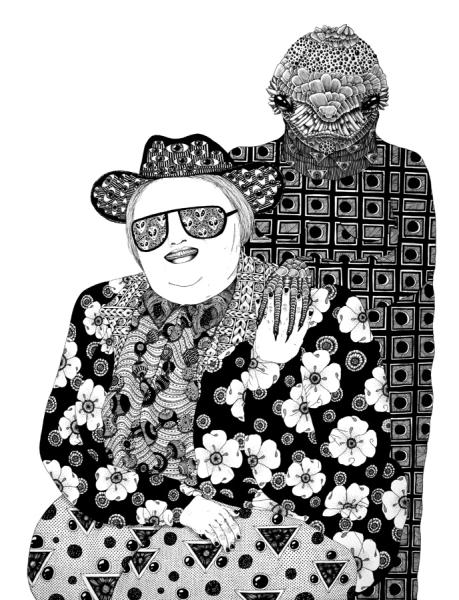
motha001.jpg
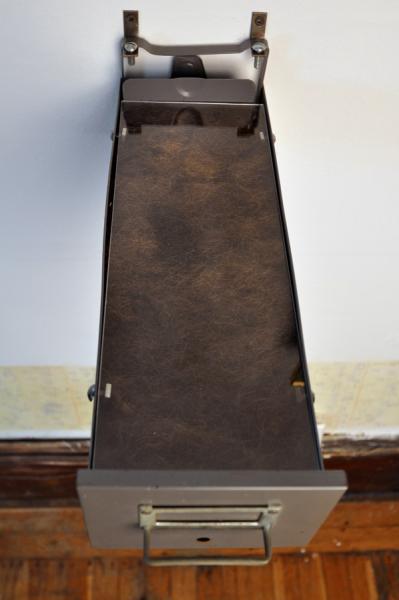
motha002.jpg
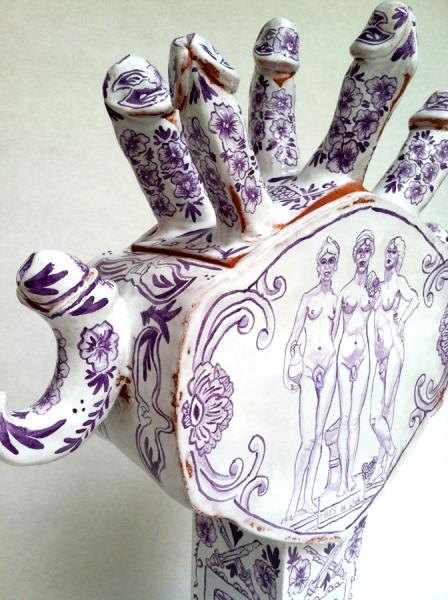
motha003.jpg
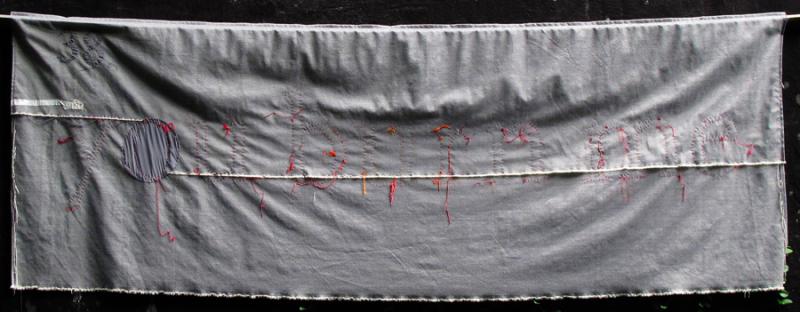
motha004.jpg
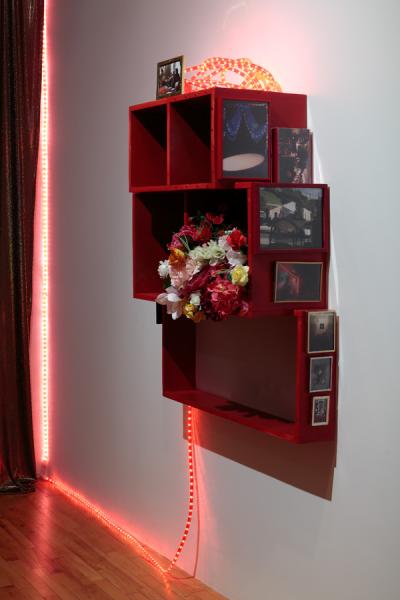
motha005.jpg
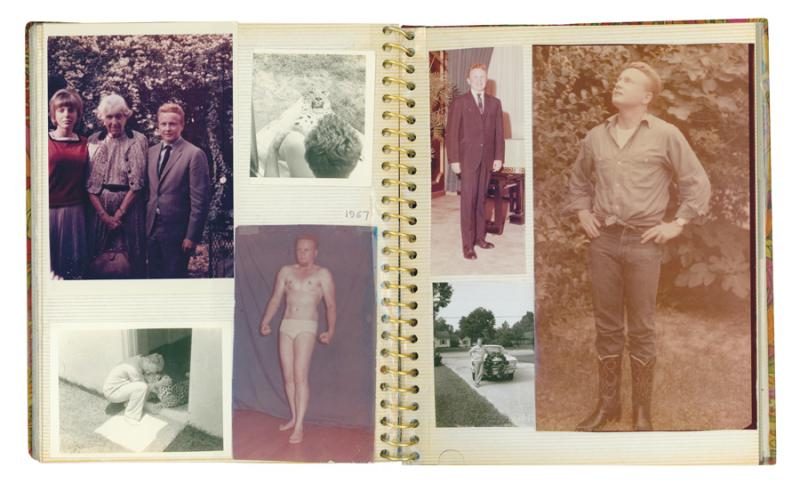
motha006.jpg
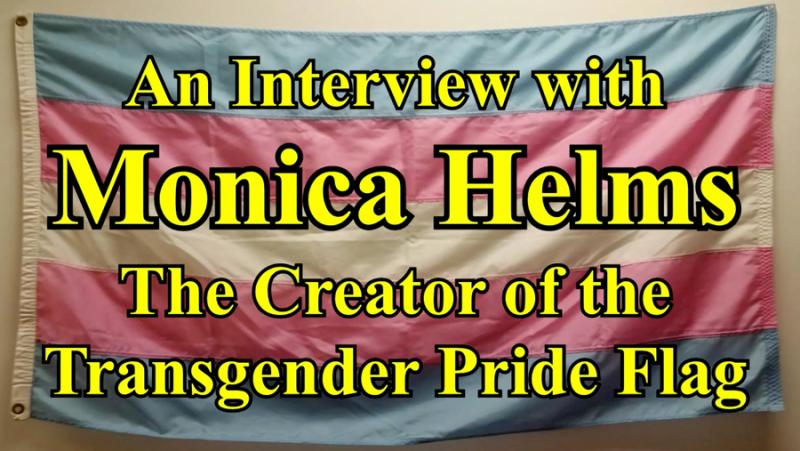
motha008.jpg
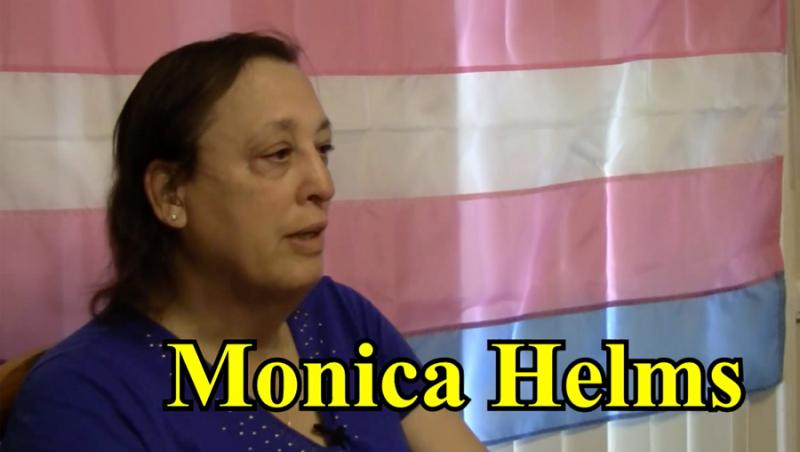
motha009.jpg
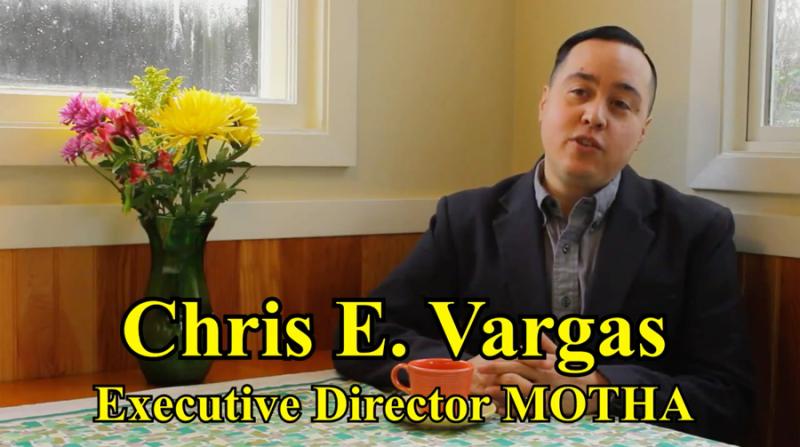
motha010.jpg









About MOTHA
The Museum of Transgender Hirstory & Art, or MOTHA, was founded in 2013, with the mission of bringing a cohesive visual history of transgender culture into existence. In doing so, the museum asks us to think critically about what transgender visual history would look like, how it should be organized, and if it is even possible to compile such a history around an identity category that is relatively new, still evolving, and often contested. MOTHA also critically interrogates contemporary arts institutionalization and developments within museum practices, with an eye to the transgender artist’s relationship to them. MOTHA is an imaginary museum. While it is forever “under construction,” it takes the form of temporary autonomous events, including performances, exhibitions, panel discussions, public programs, and other occasions that envision the existence of a legitimate and legitimizing arts and history institution dedicated to the cultural work of trans artists, hirstorians, and scholars.
Bios
Ari Banias is the author of a chapbook, What’s Personal is Being Here With All of You (Portable Press @ Yo-Yo Labs, 2012). His poems have appeared in various publications, including American Poetry Review, The Feminist Wire, Guernica, Gulf Coast, Oversound, and The Volta. The recipient of fellowships from the New York Foundation for the Arts, the Fine Arts Work Center in Provincetown, and others, he is a 2014-16 Stegner fellow in poetry at Stanford. His first book of poems is forthcoming from W.W. Norton in 2016.
Ezra Berkley Nepon is a Philly-based writer and performer, author of Justice, Justice Shall You Pursue: A History of New Jewish Agenda, former staff/collective member at the Sylvia Rivera Law Project, and a recipient of the 2014 Leeway Transformation Award. Nepon is currently organizing “Defiant Archives,” a trans history exhibit that will show July-September 2015 at the William Way LGBT Center.
Kelly Besser works as a project archivist at UCLA Library Special Collections. She has processed collections at the African American Firefighter Museum, the Mayme A. Clayton Library and Museum, the Tom of Finland Foundation, Yosemite National Park Archives and LACMA. Besser operates a donation driven bookmobile called The Miracle, which has been redistributing free literature throughout the City of Angels since 2008.
Craig Calderwood’s obsessively intricate ink drawings and sculpture deal with Trans/Queer identity, Biodiversity, and continued attempts to “normalize” desire. Maneuvering through non-verbal representation, Calderwood employs bright, intricate patterns of hidden (and sometimes blatant) symbolism in her work to portray complex narratives engaging the highly personal to the fantasized. She lives and works in San Francisco.
Maxe Crandall is the author of Together Men Make Paradigms (Portable Press at Yo-Yo Labs) and Emoji for Cher Heart (belladonna* chaplet). Last year, Together Men Make Paradigms premiered at the Hot Festival at Dixon Place (NYC) with an all poet and activist cast. A 2014 Poetry Project Emerge-Surface-Be Fellow and a 2014 Poets House Fellow, Maxe lives in Brooklyn and co-directs the first year writing program “Readings in Gender and Sexuality” at Columbia University.
Aaron H. Devor, PhD, has been studying and teaching about transgender-related questions for over thirty years. He is the author of numerous well-cited scholarly works including the widely-acclaimed books Gender Blending: Confronting the Limits of Duality (1989) and FTM: Female-to-Male Transsexuals in Society (1997). Devor is the Founder and Academic Director of the world’s largest Transgender Archives, a professor of Sociology, and was the Dean of Graduate Studies (2002-2012) at the University of Victoria.
Grace Dunham and Reina Gossett are friends and conspirators. Together they write thru & about past, present, and future worlds, seeking to share them with care.
Nicki Green is a San Francisco-based artist whose work focuses on craft processes and is inspired by their ability to document history and create legacy. She received a BFA from the San Francisco Art Institute in 2009 and has exhibited work nationally. Recently, she received a San Francisco Arts Commission grant to research ceramic ritual objects and to study the cultivation of mythology around the divine androgynous body.
Raquel Gutiérrez has long been a writer and live performer. Gutiérrez is a film actor, curator, publisher (Econo Textual Objects, established 2014), playwright, arts administrator, and community organizer. Gutiérrez writes about art, culture, music, film, performance and community building and creates original solo and ensemble performance compositions.
Monica F. Helms served in the Navy from 1970 to 1978, on two Bio for Monica F. Helms Monica served in the Navy from 1970 to 1978, on two submarines. In 1997, she began her transition, created the Transgender Pride Flag in 1999 and donated the original to the Smithsonian in 2014. She co-founded the Transgender American Veterans Association in 2003 to work for better treatment of trans people in the VA.
Onya Hogan-Finlay is a Canadian born artist, based in Los Angeles where she is a teaching artist and Schools Program Manger at Armory Center for the Arts. Herpractice focuses on installation, drawing and public interventions. She is a co-founder of the Bookmobile project, and co-editor of The Bookmobile Book (2014).
Abram J. Lewis is an adjunct instructor in Gender Studies at SUNY Purchase and a PhD candidate in American Studies at the University of Minnesota. His research focuses on supernatural, paranormal, and other forms of “irrational” experience in post-Stonewall LGBT politics. He is interested in how queer activist experiments with magic, psychedelics, mysticism, and otherworldly forces offer alternatives to contemporary state-sanctioned models of social reform.
Sam Lopes is a multi-disciplinary transgender artist living and working in the Bay Area. Lopes received a BFA from Rhode Island School of Design in 2001 and an MFA from the California College of the Arts in 2007. He is currently illustrating two childrens books and living part time in his intentional paper mache community.
RJ Messineo is an artist currently living and working in western MA. Her painting practice borrows from sculpture and performance and works through issues of identity, intimacy and power through abstraction and through formal and material moves. In 2013, Messineo co-curated the exhibition Stand Close, It’s Shorter Than You Think: A show on feminist rage at ONE Archives.
Emmett Ramstad is a mixed media visual artist whose work investigates the intimate ordinary. He has exhibited artworks throughout the United States and internationally and is a recipient of an Art and Change grant through The Leeway Foundation and a Professional Development Grant from the Arizona Commission on the Arts.
Tuesday Smillie is a visual artist, living and working in Brooklyn NY. Utilizing watercolor, collage and textiles Smillie engages questions such as the imprint of the past on the present and the binary of inclusion / exclusion. Through such questions Smillie’s work leaves a visual record of a transgender-feminist politic. Her work has shown throughout the United States, including at the A.I.R. Gallery in Brooklyn, NY and Judson Church New York. Smillie was recently awarded an artist grant by Art Matters.
Wu Tsang is a multi-media artist and award-winning filmmaker. His films, performances, and installations have been presented at museums and film festivals internationally. Tsang’s first feature WILDNESS premiered at MoMA’s Documentary Fortnight in 2012, Hot Docs (Toronto), and won the Grand Jury Prize for Outstanding Documentary at OUTFEST (Los Angeles).
Chris E. Vargas is a video maker & interdisciplinary artist. From 2008-2013, he made, in collaboration with Greg Youmans, the web-based trans/cisgender sitcom Falling In Love…with Chris and Greg. With Eric Stanley, he co-directed the movie Homotopia (2006) and its sequel Criminal Queers (2014). He is the founder of MOTHA–Museum of Transgender Hirstory & Art, a project that takes the form of temporary autonomous events, all of which signal the existence of a legitimate and legitimizing arts & history institution. As a whole, his work is both comic and committed, utopian and topical, and intimately engaged with the histories, herstories, and hirstories of queer politics and visual culture.
ONE Archives at the USC Libraries
909 West Adams Boulevard
Los Angeles , CA 90007
United States